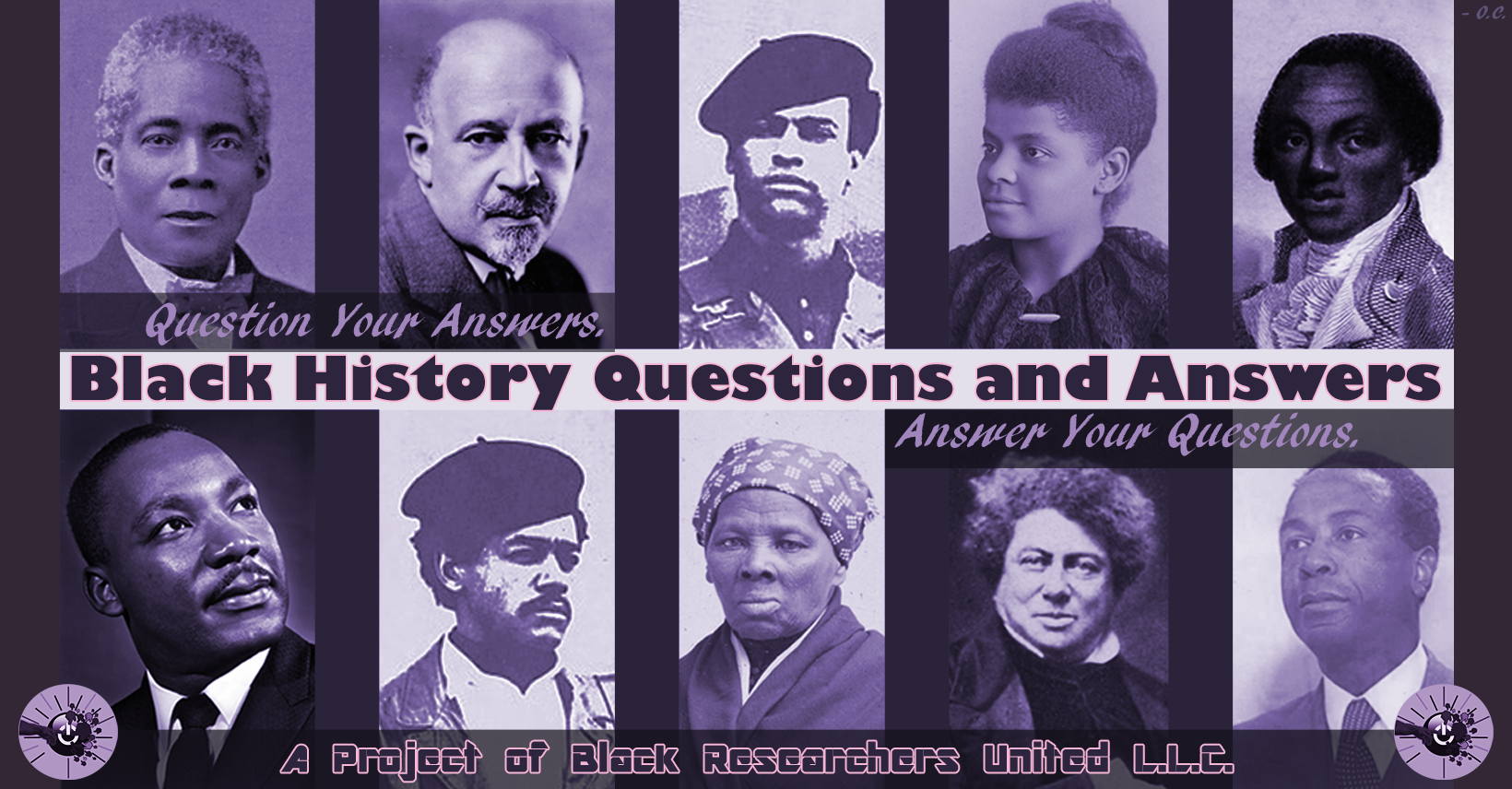Q: What was the ultimate goal of Black slave rebellions in the United States?
Q: What were the rebels going to do and where were they going to go when they were done fighting?
– Black History Questions and Answers Admin Team
A: The goal for rebel slaves was to reach a place where they could have their freedom on their own terms.
As we have already discussed, when it came to rebellions aboard slave ships on the Middle Passage, the destination (the ends) was just as important to rebels as the journey (the means). Captives on those ships were not usually a reckless bunch. When they planned out their attacks, the rebels chose to keep at least one crew member alive who might be able to steer them where they wanted to go. Africa was most often the destination no matter how far they had drifted from home.
In various parts of South America, Central America, and North America outside of the United States, we find that when rebellions were quelled, the rebels became Maroons. That is, these rebels managed to escape with their lives and to venture deep into the wilderness where no White man had gone before.
The United States was no exception.
When we examine the records available to us regarding mass uprisings among enslaved Blacks in the United States (including letters, newspaper articles, court documents, and slave narratives), we can piece together a picture of the planning and execution of these plans of rebellion.
The four rebellions that stand out most in U.S. history are those which were planned by Black men by the names of Nat Turner, Charles Deslondes, Denmark Vesey, and Gabriel Prosser.
As a counterattack from the government and from White militias was inevitable, each of them prepared their followers to kill as many of their oppressors as they possibly could. But the evidence suggests that they were not just planning wild massacres.
The historian Eugene Genovese (1930-2012) identified that each of these leaders directed their people to follow them on a particular path to reach a particular place.
- Charles Deslondes was leading his people to New Orleans in Louisiana.
- Denmark Vesey was leading his people to Charleston in South Carolina.
- Gabriel Prosser was leading his people to Richmond in Virginia.
- Nat Turner was leading his people to the Great Dismal Swamp, which stretches from Virginia into North Carolina.
In all likelihood, they were going to take these locations and defend them until they could successfully negotiate with the U.S. government for recognition as an independent settlement or until they had enough fighters to expand across America and end the enslavement of African people themselves.
Genovese outlined several mentions of Maroons in the historical record that prove a strong tradition of Maroonage existed within the U.S. South. This demonstrates the longing of Black rebels to live in an environment where their survival was no longer contingent upon their oppression.
– Omri Coke, Black Researchers United Admin Team
Read More on this topic here:
https://theblackresearcher.blogspot.com/2021/08/the-other-black-revolutions.html


